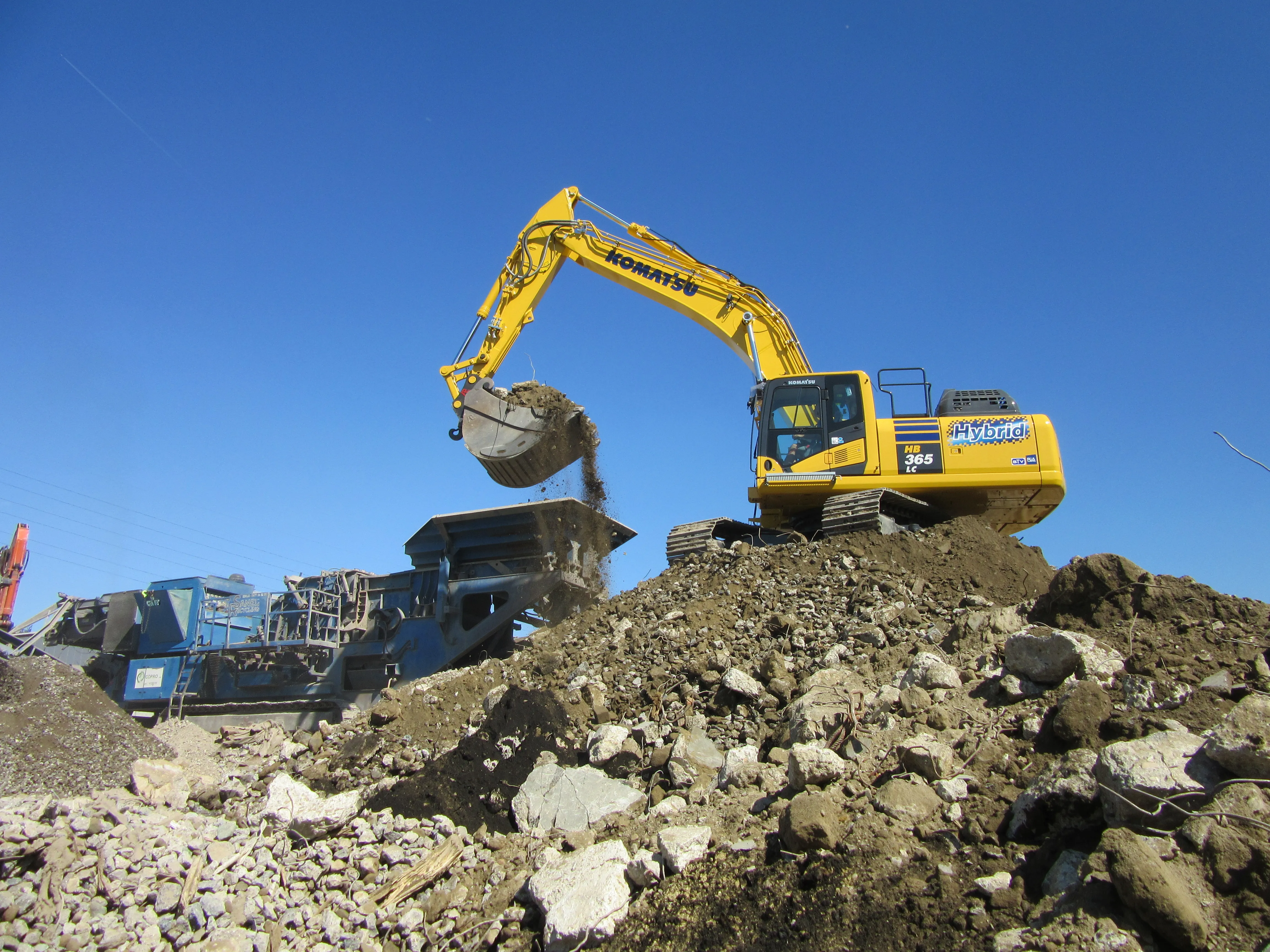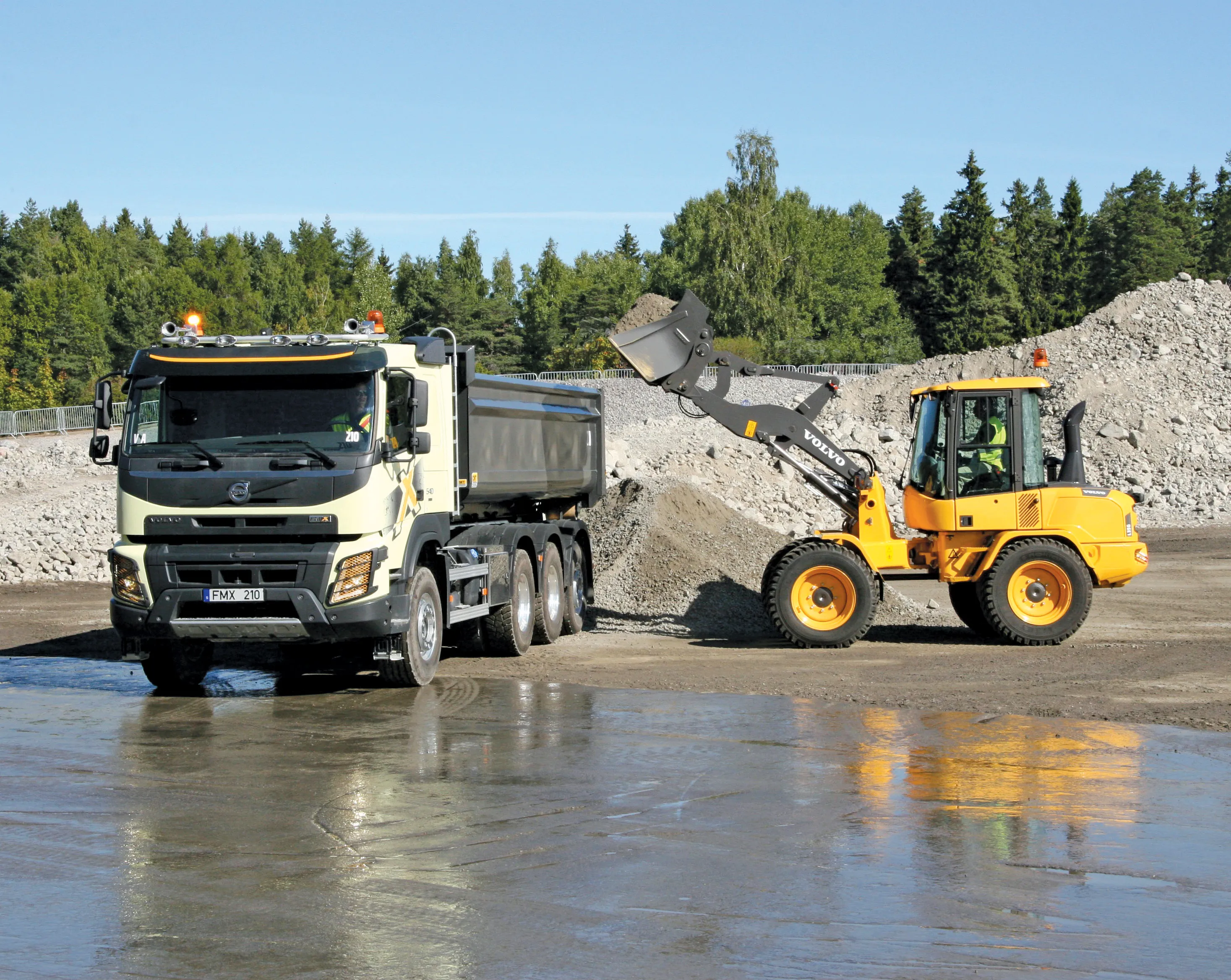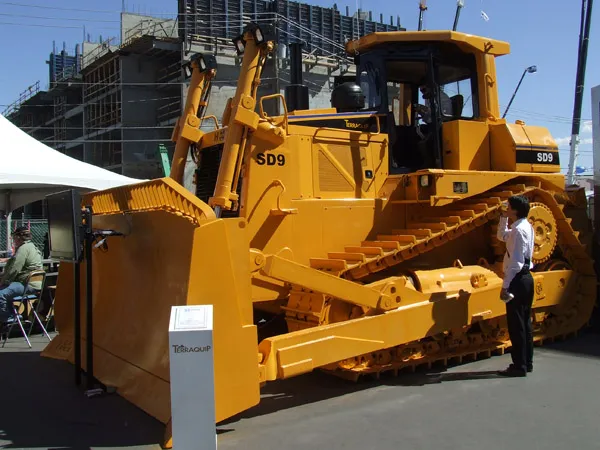ZF has celebrated 50 years of developing and producing driveline technology and axle systems for construction machinery at its location in Passau, Germany.
The company is also celebrating two world premieres: ZF cPower, a continuously variable construction machinery transmission, and ZF Ergopower Hybrid.
May 14, 2012
Read time: 2 mins
The company is also celebrating two world premieres: ZF cPower, a continuously variable construction machinery transmission, and ZF Ergopower Hybrid.
ZF’s path in construction machinery started off with powershift transmissions, planetary design and reduplan transmissions for wheel and crawler excavators. Then its product portfolio was extended to steering and rigid axles for construction machinery.
In 1997 series production of the ZF-Ergopower transmission started, and according to ZF “to the present day Ergopower transmissions are still common practice in many wheel loaders, dumpers and aircraft tow tractors.”
Hermann Beck, vice president business unit Construction Machinery Systems at ZF Passau, said: “ZF develops the whole driveline ranging from transmissions over axles to hydraulic/electronic control elements and functional software. Thanks to the optimised interaction with diesel engine and working hydraulics the driveline becomes an integral component of the overall vehicle system. This is the only way to achieve up to 20% fuel savings as well as up to 40% productivity increase in the latest transmission generation.”
Today ZF Passau is represented with driveline technology and axle systems for construction machinery on all international markets with its export rate of over 80%.









